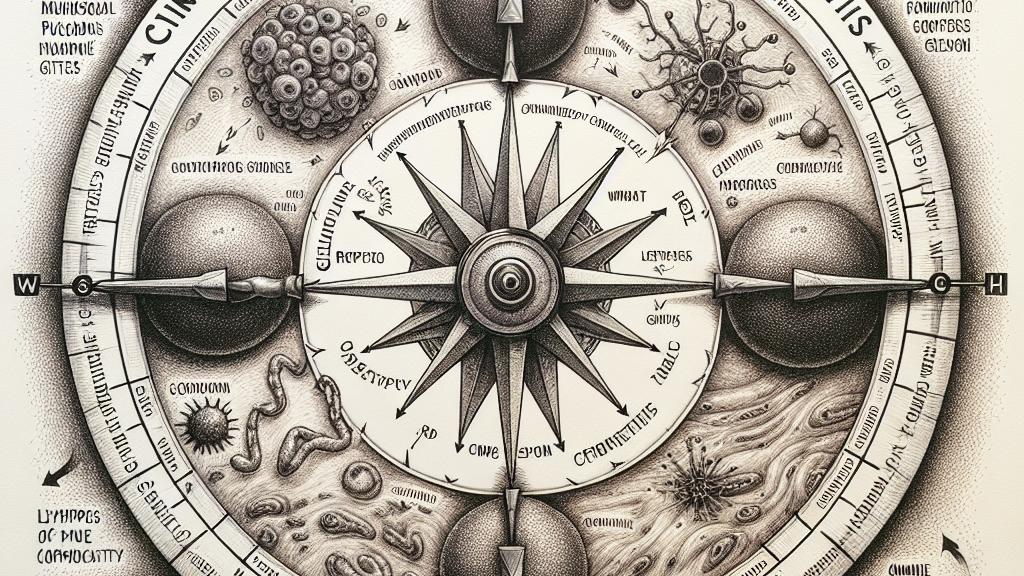Exploring the Lymphocyte Chemoaffinity Axis in Non-Intestinal Mucosae
Overview
- Sheds light on how GPR25 and CXCL17 coordinate immune responses across diverse mucosal surfaces.
- Investigates lymphocyte behavior, showcasing their adaptability in the lungs and other tissues.
- Highlights groundbreaking implications for developing targeted therapies in immune regulation.

Understanding the Chemoaffinity Axis
In a thrilling revelation from recent research in the United States, scientists uncovered a sophisticated lymphocyte chemoaffinity axis that is crucial for immune response. This axis hinges on the interaction between the receptor GPR25 and the chemokine CXCL17. Imagine GPR25 acting like a compass, directing lymphocytes to the right mucosal sites—including the lungs, stomach, and central nervous system—to orchestrate immune activity. Such intricate mechanisms highlight the remarkable ways our immune system communicates and adapts, paving the way for potential new therapies that could harness this process to combat various diseases.
Lymphocyte Behavior and Mucosal Immunity
Lymphocytes are the warriors of our immune system, constantly on alert to defend against threats. Notably, GPR25 is found on memory T cells and regulatory T cells, underscoring its significant role in immune homeostasis. For instance, during a viral infection, the body initiates lymphocytosis—a situation where lymphocyte counts dramatically increase—signifying an adaptive response. This response is not just a random event; it reflects the meticulous orchestration facilitated by the GPR25-CXCL17 axis, ensuring that lymphocytes reach critical sites to mount effective defenses. Such findings reveal not only the complexity of immune dynamics but also the exciting potential for using these pathways to influence treatment strategies in various health contexts.
Implications for Health and Disease Management
Understanding this GPR25-CXCL17 pathway opens up a treasure trove of possibilities for health management. Imagine a world where we can engineer treatments that strategically amplify immune responses against persistent infections or restore balance in conditions characterized by overactive immune activity, such as allergies or autoimmune diseases. This vision is no longer just a hopeful idea—it represents the future of immunological therapies. Through careful manipulation of the chemoaffinity axis, we could enhance the body’s natural defenses, dramatically improving treatment outcomes and offering new solutions to longstanding medical challenges. The journey of discovery lies ahead, and the insights gleaned from this research have the potential to revolutionize our approach to health and disease.

Loading...